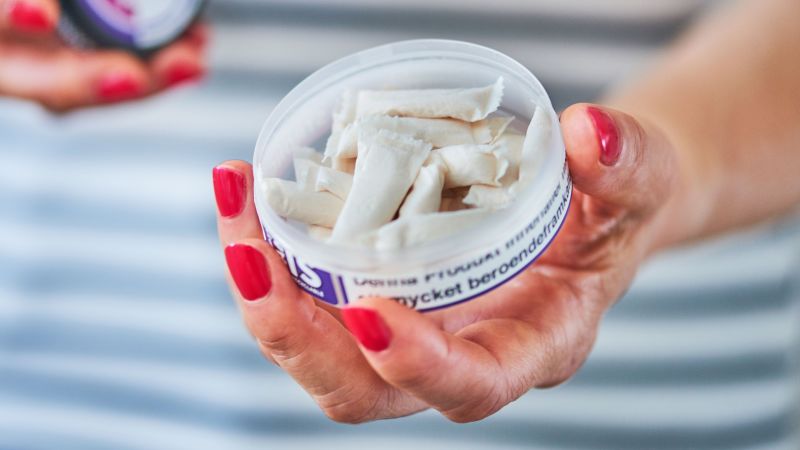Surge in Nicotine Pouch Poisonings Among Young Children Raises Alarm

Nicotine pouches are increasingly linked to incidents of nicotine poisoning in young children, according to a recent study conducted by researchers at Nationwide Children’s Hospital in Ohio. The analysis, which reviewed over a decade of data involving more than 134,000 cases of accidental ingestion among children under the age of six, reveals a concerning rise in poisonings attributed to these products.
While most types of nicotine exposure in children have decreased since 2016, nicotine pouches have seen a staggering increase of more than 760% between 2020 and 2023. Dr. Natalie Rine, the director of the Central Ohio Poison Center at Nationwide Children’s Hospital and co-author of the study published in the journal Pediatrics, highlighted the appeal of these products, stating, “It’s a high-concentration nicotine product, and it tastes good. There’s nothing telling the kid, ‘this is bad, you should spit it out’ … and that’s where you get into trouble.”
Introduced to the US market in 2014, nicotine pouches are small white packets containing either synthetic or naturally derived nicotine along with flavorings and sweeteners. Their discreet and smokeless nature has raised concerns among public health advocates, particularly regarding their growing popularity among teenagers and young adults. According to the US Centers for Disease Control and Prevention, nicotine pouches have become the second most used nicotine product among adolescents. The National Youth Tobacco Survey reports that usage among teens doubled from 2021 to 2024.
Despite this increase, the overall user base remains relatively small. Data from the US Census Bureau indicates that only 0.5% of Americans use nicotine pouches, compared to 9% who smoke cigarettes and 3% who use e-cigarettes or vape. The nicotine content in pouches varies from 3 to 12 milligrams per pouch, with even low doses delivering more nicotine than a cigarette. Ingesting just 1 to 2 milligrams can result in nausea, vomiting, and tremors, posing serious risks for young children.
The study underscored that nicotine pouches were associated with a 150% increased risk of serious medical effects and were twice as likely to lead to hospitalization compared to other smokeless nicotine products ingested by children, such as gums, lozenges, e-liquids, tablets, and powders. Although the majority of pediatric nicotine ingestions resulted in minimal harm, over 1,600 children experienced serious medical outcomes, and tragically, two children died after ingesting liquid nicotine.
Dr. Rine advises parents to refrain from using nicotine pouches in front of children and to keep all nicotine products out of reach. She emphasizes the importance of discussing safety measures with other caregivers, including babysitters and family members. If a child is suspected of having ingested a nicotine pouch, the first step is to contact Poison Control at 1-800-222-1222. Trained professionals are available to provide guidance based on the child’s symptoms and determine whether emergency care is necessary.
As the popularity of nicotine pouches continues to rise, the public health implications warrant close attention and proactive measures to protect the most vulnerable populations.






